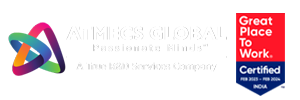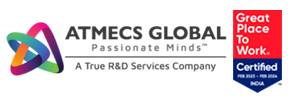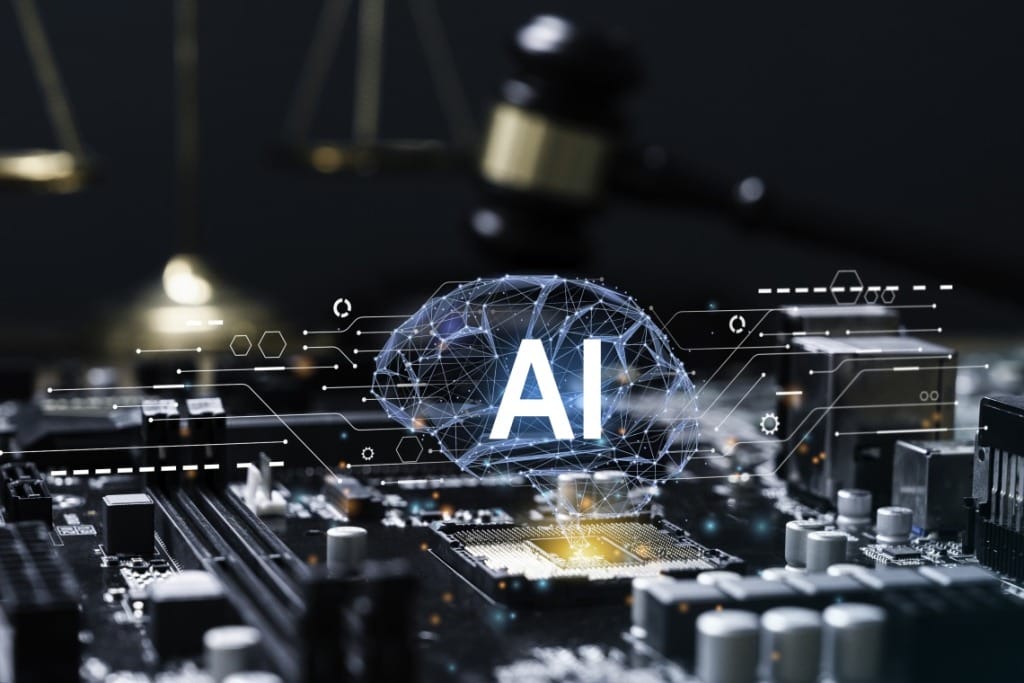Maximizing ROI with Explainable AI: Ethical Practices Driving Business Value in 2024
Explainable AI (XAI) – a game-changing approach that not only enhances the interpretability of AI models but also drives significant business value.
Maximizing ROI with Explainable AI: Ethical Practices Driving Business Value in 2024 Read More »











